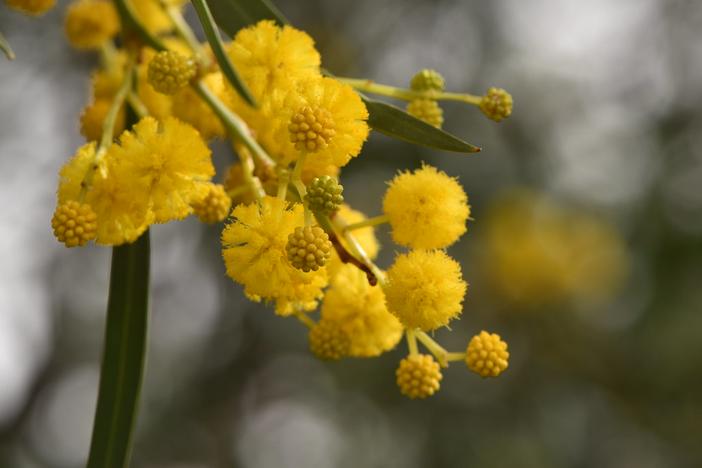Orange Wattle
(Acacia saligna)
Orange Wattle (Acacia saligna)
/
/

liesvanrompaey
CC BY 2.0





































































Estimated Native Range
Summary
Orange Wattle is valued for its rapid growth, adaptability to a range of soil conditions, and its ability to thrive with low water requirements once established. It is suitable for use in erosion control, windbreaks, and as a fast-growing ornamental plant in gardens and landscapes. In cultivation, it prefers full sun and can tolerate soils with slow, medium, or fast drainage. However, gardeners should be cautious as Acacia saligna can become invasive outside its native range, and it is considered a weed in parts of South Africa, Portugal, and Italy. It is recommended to check local regulations before planting.CC BY-SA 4.0
Plant Description
- Plant Type: Tree, Shrub
- Height: 2-20 feet
- Width: 3-20 feet
- Growth Rate: Rapid
- Flower Color: Yellow
- Flowering Season: Winter, Spring
- Leaf Retention: Evergreen
Growth Requirements
- Sun: Full Sun
- Water: Low
- Drainage: Slow, Medium, Fast
Common Uses
Bank Stabilization, Bee Garden, Bird Garden, Drought Tolerant, Edible*Disclaimer: Easyscape's listed plant edibility is for informational use. Always verify the safety and proper identification of any plant before consumption., Erosion Control, Groundcover, Hedges, Hummingbird Garden, Low Maintenance, Salt Tolerant, Showy Flowers, Street Planting
Natural Habitat
Sandy plains, coastal dunes, and dry scrublands of southwestern Australia
Other Names
Common Names: Golden Wreath Wattle, Blue-Leafed Wattle, Weeping Wattle, Willow Wattle, Western Australian Golden Wattle, Port Jackson Wattle, Coojong, Port Jackson Willow, Blue-Leaf Wattle, Silver Wattle
Scientific Names: , Acacia saligna, Acacia cyanophylla, Acacia bracteata, Acacia lindleyi, Mimosa saligna, Racosperma salignum,
GBIF Accepted Name: Acacia saligna (Labill.) H.L.Wendl.